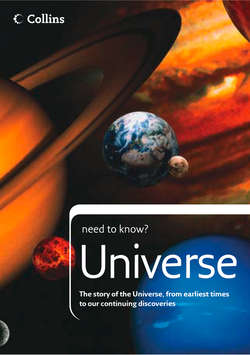Читать книгу Universe: The story of the Universe, from earliest times to our continuing discoveries - Peter Grego - Страница 53
Skies under scrutiny
ОглавлениеOver an almost continuous period spanning the 16th century BC to the end of the 19th century AD, court astronomers were appointed to observe and record changes in the heavens. This legacy of almost 3,500 years’ worth of astronomy, in which sunspots, aurorae, comets, lunar and solar eclipses and planetary conjunctions were noted, has provided us with a rich source of reference material.
Ancient Chinese astronomers created a catalogue of stars visible with the unaided eye, divided the skies into constellations known as ‘palaces’ and referred to the brightest star in each palace as its ‘emperor star’, surrounded by less brilliant ‘princes’. In the 4th century BC, the astronomer Shih-Shen catalogued 809 stars and recorded 122 individual constellations.
Instruments to aid naked eye observations were used extensively in ancient China, as they were in the west. In the 1st century, Lo-hsia-Hung constructed an armillary sphere – a device representing the celestial sphere, upon which were marked 365.25 divisions (for the days of the year), and rings for the celestial equator and the meridian. Lo-hsia-Hung’s charming analogy for the Universe likened the Earth to the yolk within an eggshell, stating ‘the Earth moves constantly but people do not know it; they are as persons in a closed boat; when it proceeds they do not perceive it’. In the 15th century an observatory was built on the southeastern corner of the city wall in ancient Beijing, which was equipped with a number of accurately calibrated sighting devices made out of bronze.
